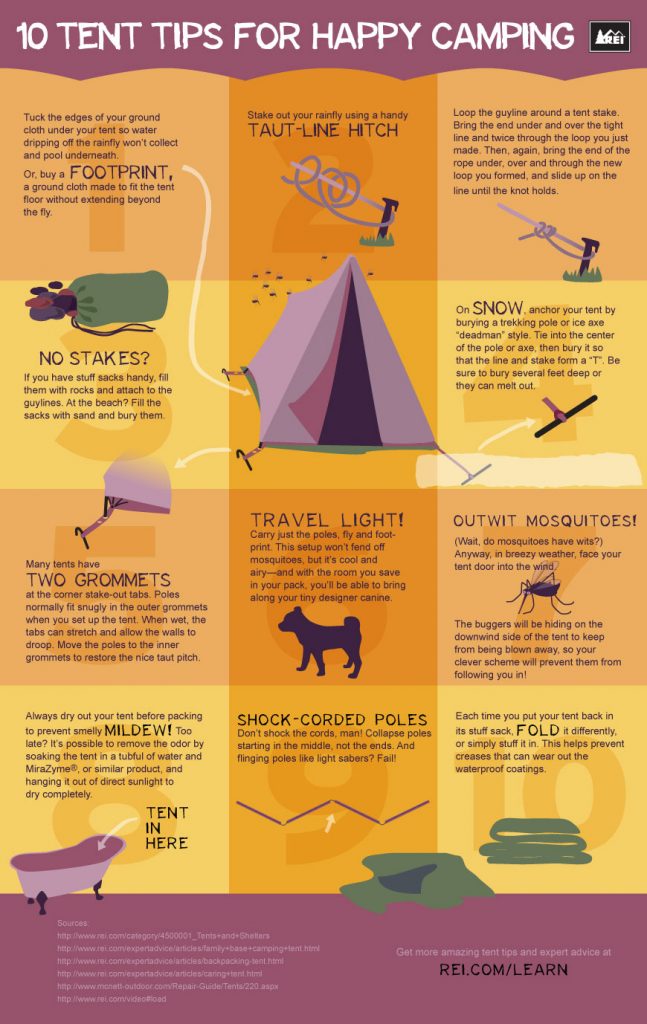Maintain And Operate Your Company By Selling Camping Tents
Maintain And Operate Your Company By Selling Camping Tents
Blog Article
Does Your Backpacking Tent Need a Footprint?
A footprint is costly and adds additional weight to your backpack. It also isn't particularly sturdy.
How cold is too cold to sleep in a tent?
Eventually, whether or not a camping tent footprint is required depends upon where and exactly how commonly you're camping. Generally, it's an excellent concept to make use of one if you camp on unpleasant surface areas or in damp problems.
Camping Tents with Reduced Deniers and Water Resistant Scores
Camping tents with lower deniers and water resistant scores have a tendency to be lighter, however they can likewise be much more delicate. They may require more frequent repairs and have much less indoor room than tougher designs. If you're a casual backpacker who likes to take a trip rapid and light, this could be great; nevertheless, more skilled hikers know that sacrificing durability can feature large repercussions down the path.
The denier and water-proof score of a camping tent's canopy, rainfly, and floor can help you determine its livability. Look for higher-denier fabrics on the cover and rainfly, in addition to taped joints that help prevent water from permeating via stitches. Some makers even use warmth and sealer during building to produce a stronger joint; these are called bonded seams.
The livability of a tent can also be established by its flooring dimensions and capacity. An outdoor tents's flooring ought to be slightly smaller sized than the impact to avoid water from pooling under the sanctuary.
Camping Tents in Rough Terrain
Many backpacking outdoors tents consist of a footprint designed specifically for their model, which aids make sure a correct fit and safeguards the camping tent's base from wetness and sharp items. Other producers sell universal impacts that can be reduced or folded to match an outdoor tents's measurements.
The type of terrain you'll come across is another important factor to consider for choosing an outdoor tents. For example, if you'll be camping in a canyon or gully, search for a sanctuary that can handle solid winds. These problems produce turbulence that can make the distinction between appreciating your campground or enduring pain.
The capacity and optimal elevation of a camping tent give you an excellent idea of its livability, yet extra factors to take into consideration include vestibules (the area of the rainfly covering the doors) and general luxury camping tent storage space. As an example, during our winter months testing of the Marmot Tungsten, its charitable 93-by-82-inch floor easily took care of four perspiring backpackers and their puffier shoulder season resting bags while still leaving adequate room for equipment and people.
Camping Tents in Damp Conditions
Even if your outdoor tents appears completely dry, moisture prowls in the nooks and crannies. Gradually, it can degrade the textile. That's why it's so important to capitalize on rest days to deep-clean your outdoor tents and its components, such as zipper linings, risk loops and adjustable webbing straps.
Additionally, ensure to pitch your outdoor tents in a flat location, not a divot or concave area, to make sure that ground water doesn't gather between the camping tent floor and footprint or tarpaulin. And if you're utilizing an impact, consider a custom-cut one created for your tent's floor plan. It will not collect rain the way a generic ground cloth or tarpaulin can.
Practice establishing and removing your tent in the house before you hit the road, to obtain a feel for how swiftly and successfully you can do it. Also, method surveying your tent in different surfaces to see just how easy it is (or isn't) to do in bad climate condition.
Outdoors Tents in High-Rise Situations
Camping tents vary in floor dimension and livability. As an example, a big outdoor tents with dual doors and vestibules like Marmot's Tungsten can deal with 4 backpackers without requiring gymnastics to enter and out or to save gear.
The minimal trail weight spec is the most effective spec to compare designs, as it consists of the bare essentials: outdoor tents body, rainfly and posts. But bear in mind that the specification excludes camping tent risks, individual lines and stuff sacks.
Many backpacking outdoors tents can stand up to a light summertime tornado, yet some can be swept away by gale-force gusts. Look for a model with strong poles, an elevated bathtub-style flooring and seam taping to decrease the opportunity of water seeping through. More expensive layouts additionally tend to include more powerful materials that can resist the effect of particles and various other forces.
Do glamping pods have toilets?
